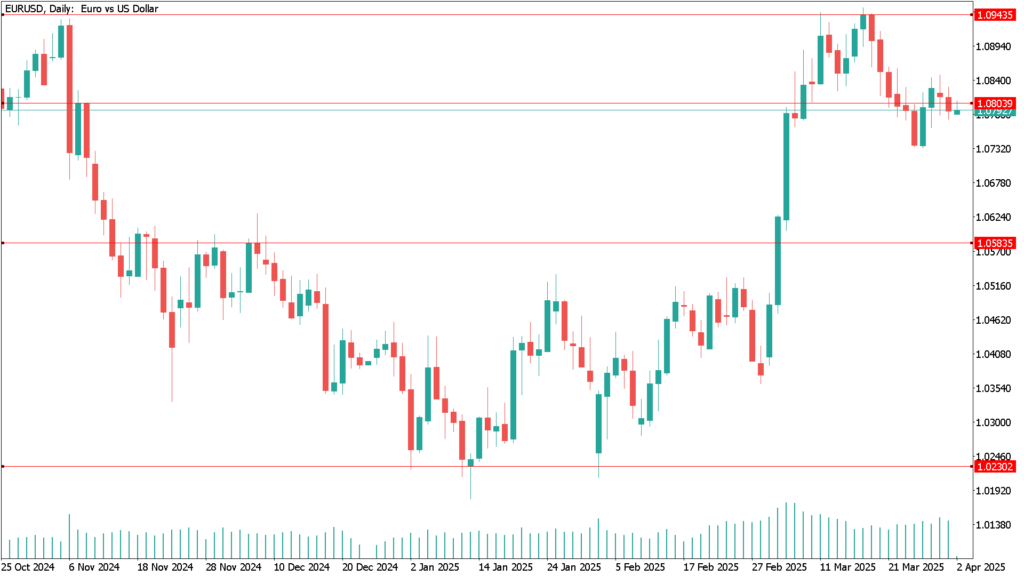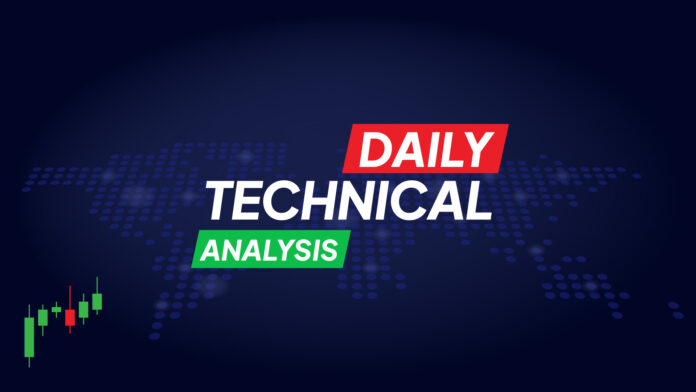EUR/USD remained range-bound on Tuesday, hovering near the 1.0800 level as investors braced for U.S. President Donald Trump’s long-anticipated “reciprocal” tariffs package, set to be announced on Wednesday at 19:00 GMT (4:00 PM EST). The details of the tariff plan remain uncertain, with previous proposals shifting multiple times or facing delays—Trump has already postponed similar announcements four times since taking office 71 days ago.
Market Focus: “Liberation Day” and Trade Policy Uncertainty
The Wall Street Journal reported that the U.S. Trade Representative’s Office may be preparing a last-minute alternative tariff proposal, aiming to simplify and balance Trump’s mounting trade measures.
Meanwhile, European inflation data for March came in largely as expected. However, U.S. economic figures painted a more concerning picture. The ISM Manufacturing PMI for March fell more than anticipated, dropping to 49.0 from 50.3, signaling contraction as businesses brace for tariff disruptions. Market forecasts had expected a reading of at least 49.5. Additionally, the ISM Manufacturing New Orders Index declined sharply for the second consecutive month, hitting a two-year low of 45.2.
Key Data to Watch This Week
- Wednesday: U.S. tariff announcement, which could drive market volatility.
- Friday: U.S. Nonfarm Payrolls (NFP) report, a key economic indicator. This release will be closely watched as it may serve as an early signal of the economic impact of Trump’s tariff policies.
EUR/USD Daily Technical Analysis for April 2nd:
EUR/USD remains stuck in a technical deadlock, with neither buyers nor sellers gaining full control. While downside pressure has been limited, bulls have struggled to push the pair decisively higher. The 200-day Exponential Moving Average (EMA), located just below 1.0700, continues to act as a key support level.
Although EUR/USD has managed to snap its recent losing streak, momentum indicators suggest limited upside potential as traders shift focus to geopolitical developments.




